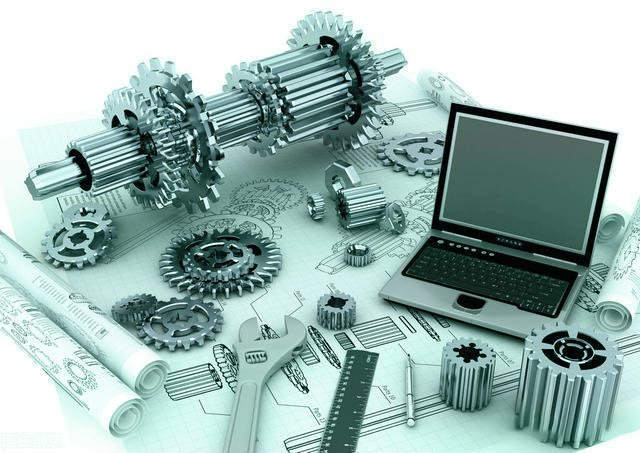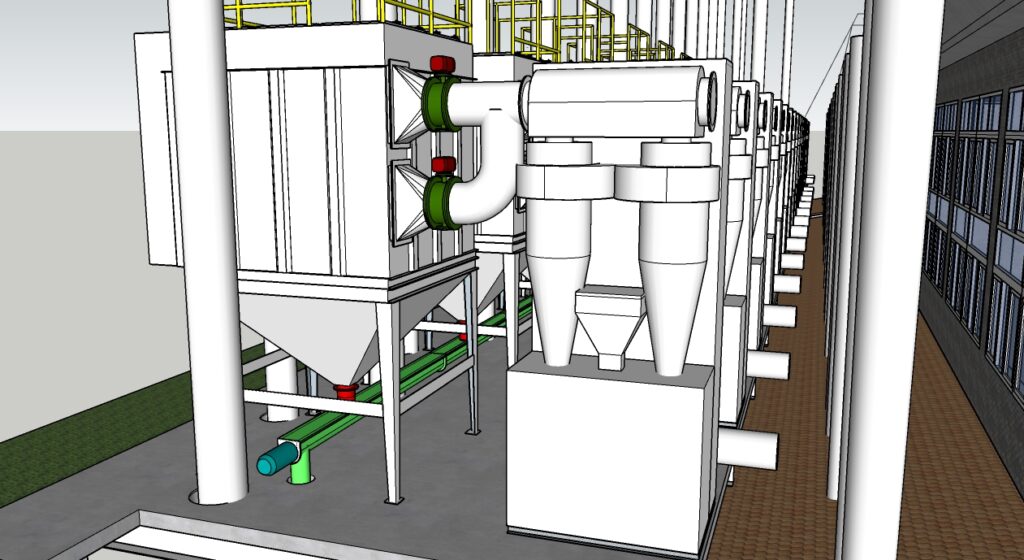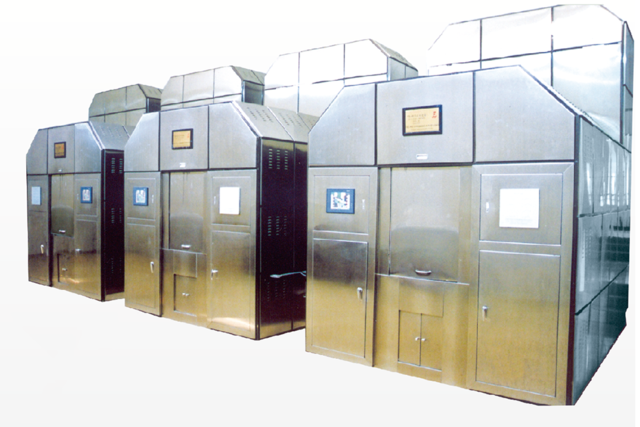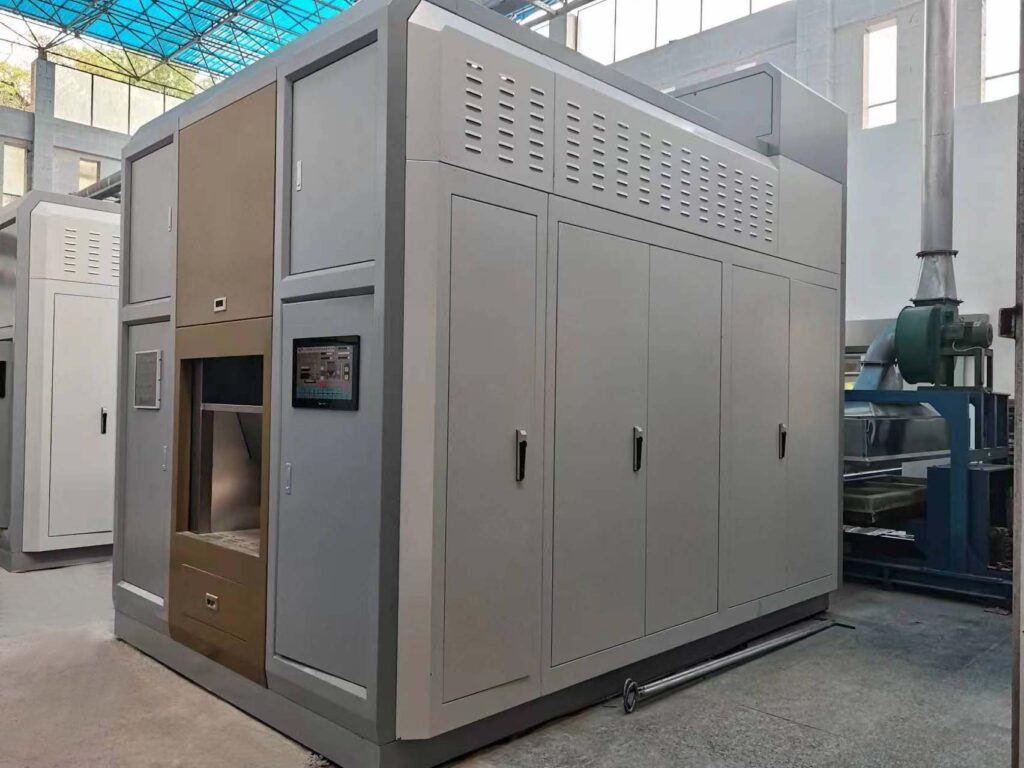1. Weekly Maintenance
1) Inspect for foreign objects under the furnace door and corpse trolley, and remove them.
2) Clean the electrical control cabinet of dust, check for loose connections, and tighten if necessary.
3) Check for any abnormal operation in the moving parts, repair, and lubricate with oil.
4) Sweep the furnace chamber and remove nails, screws, etc. (left from burning coffins).
5) Check for any damage in the furnace chamber and repair if found.
6) Check for any loose bolts and tighten them if necessary.
7) Inspect the thermocouples, pressure sensors, temperature, and pressure gauges for normal operation and repair if needed.
2. Maintenance After Cremating 1500 Bodies
1) Remove ash and slag in the channel under the furnace chamber.
2) Clean the furnace walls and arches thoroughly in the main furnace chamber, and clean the oxygen injection nozzles if necessary.
3) Check if the secondary air duct is working properly and repair if needed.

4) Inspect the thermocouples, and replace them immediately if the casing is damaged.
5) Check the furnace door and corpse trolley, apply lubricating oil to the chains and guide components, and add engine oil to the reducer.
6) For the main and re-burners, remove the ignition rods, check for damage to the insulating porcelain parts, clean them, and replace with new parts if necessary.
3. Repair
To ensure the normal operation of the equipment, in addition to regular maintenance, a comprehensive repair check is required after cremating 3500 bodies. Contact our company for guidance on repairs.
1) Ash-collecting cremation machine bed conveyor repair
Open the front panel of the conveyor, check if the reducer is leaking oil, fill with oil if necessary, identify the leak, replace the engine oil, and fill the oil to half of the reducer's oil gauge window, then close the front panel.
Check if the refractory board and the flange around it are damaged or fallen off, replace with new parts if serious, ensure good sealing between the refractory board and the furnace wall during operation, use soft refractory felt to pad if sealing is poor to prevent smoke leakage and pollution.
Check if the transmission chain is loose, and fix it immediately if found.
Check for any deformation of the trolley frame, and replace it in time if deformed or damaged.
Check if the clearance between the trolley wheels and the wheel track is appropriate, adjust if too loose or too tight.
2) Furnace door mechanism repair
Remove the top stainless-steel cover, check if the upper and lower limit switches are stable, and inspect the contact points for good condition. Observe the end positions of the open and close door limit switches, at these two end positions, the limit switches must be in the middle of the impact block.
Check the chain tension and meshing condition, ensure smooth operation, and lubricate the bearings, reducer, and motor.
3) Internal furnace chamber inspection and repair
Open the furnace door and enter the main combustion chamber.
Check for damage to the burners and refractory materials, especially around the flue gas outlet, if severe burning or soft walls are found, remove and repair.
Also, check for corrosion of the main combustion chamber thermocouples, burner nozzles, and pressure measurement pipes, and replace if damaged.
When inspecting the main combustion chamber, check if each oxygen-assisting air vent is blocked by burning, immediately unblock if blocked. After the furnace door is closed, check if the refractory layer between the door and the main combustion chamber is sealed. Finally, install the removed stainless-steel decorative cover.
4) Operating mechanism repair
For easy cleaning of the internal fire and smoke channels of the cremation machine, 2 to 4 ash removal ports are provided on both sides of the rear upright frame. Remove the ash removal port cover, clean the accumulated substances in the fire and smoke channels. An industrial vacuum cleaner can also be used to clean all remaining substances. Then check the sealing degree of the cover, if there is damage or air leakage, replace the aluminum silicate fiber board, and reinstall the cover.
Check the operating door and observation window baffles, replace high-temperature glass, replace new insulation boards, and fix with new rivets.
Check the burner nozzle and ignition electrodes, and clean the accumulated carbon on the nozzle and electrodes. Unscrew a little less than half a turn, remove the photoresistor, and clean it. After cleaning, reinstall and test the ignition.
5) Furnace chamber repair
If the furnace wall or arch shows obvious peeling, and the lower fire mouth has significantly changed its original shape, the furnace wall and arch should be dismantled, add some refractory bricks, and build according to the original shape with refractory mud or high-temperature glue, but the insulation and heat insulation layers on the sides and back can remain intact. When rebuilding the furnace wall and arch, if the oxygen-assisting air duct is damaged, it should be replaced.
6) Smoke gate plate repair
Remove the cover of the smoke duct gate plate, check the connection between the refractory gate plate and the slider slot. Ensure that the gate plate moves without obstacles, smoothly and smoothly, and replace if there are problems. Remove all accumulated ash and debris around the gate plate. When starting the gate plate, check the position of the limit switch when the gate plate is open and closed. When the gate plate is in the lowest position, ensure it is fully closed, and when the gate plate is in the highest position, ensure it can meet the flue gas flow.
7) Fan repair
While the fan is working, check if the fan damper, bracket, soft joint, and regulating valve are damaged, and if the fan inlet screen is blocked. Check if the working fan has vibration or abnormal noise, if possible, it may be due to bearing damage, and replace with a new bearing.
8) Preparation door repair
Check if the transmission mechanism of the preparation door is operating normally, and if there are any foreign objects in the upper and lower tracks, clean and lubricate on time, or replace the corresponding parts.


